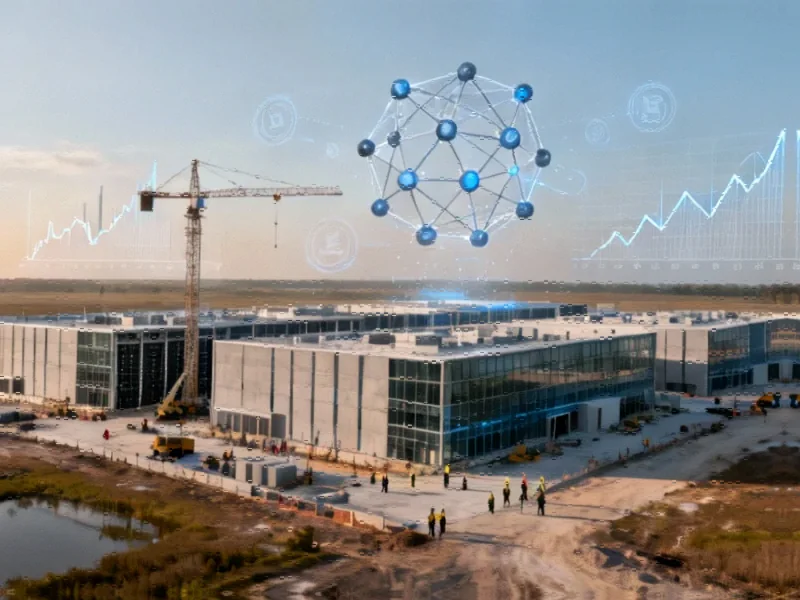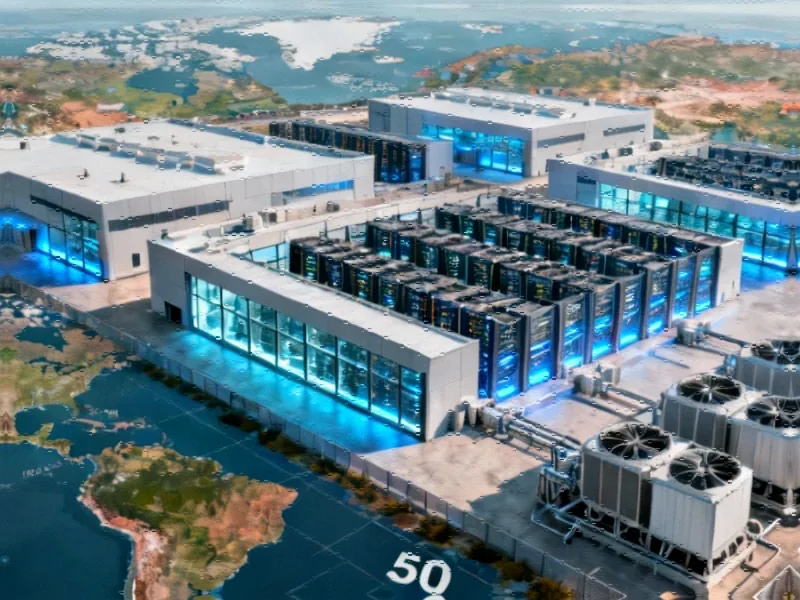Note: Featured image is for illustrative purposes only and does not represent any specific product, service, or entity mentioned in this article.
The Monumental Headquarters Opening
As JPMorgan Chase’s $3 billion headquarters at 270 Park Avenue welcomed employees for the first time, CEO Jamie Dimon celebrated with a symbolic toast overlooking Manhattan. This architectural statement arrives at a pivotal moment for both the banking industry and urban centers, representing a massive investment in physical workspace despite evolving attitudes toward office culture. The tower stands as one of the most expensive corporate headquarters ever constructed, signaling Dimon’s conviction about the importance of in-person collaboration in an increasingly digital financial landscape.
Banking’s Crossroads: Physical Presence in a Digital Era
The banking sector faces simultaneous challenges from multiple fronts. Traditional financial institutions are combating emerging competitors from technology hubs, while also navigating internal workforce dynamics. Many employees have grown accustomed to remote work arrangements and remain hesitant to return to pre-pandemic office schedules. This tension between leadership preferences for office presence and employee flexibility expectations creates complex management challenges across the financial services industry.
Meanwhile, regulatory and security considerations continue to evolve, requiring institutions to balance operational efficiency with compliance demands. The substantial investment in physical infrastructure raises questions about how banks will adapt their real estate strategies to accommodate hybrid work models while maintaining security protocols.
Urban Economics and Political Landscape
New York City’s future as a financial hub faces uncertainty amid shifting political currents. The potential mayoral victory of democratic socialist Zohran Mamdani has sparked concern among some financiers about the city’s business climate. This political backdrop coincides with broader federal policy developments that could influence corporate decision-making regarding headquarters locations and investment strategies.
The concentration of financial institutions in urban centers represents both an economic engine and potential vulnerability. As companies reconsider their geographic footprints, the relationship between corporate headquarters and host cities enters a new phase of negotiation and mutual dependence.
Technological Transformation and Security Imperatives
While JPMorgan doubles down on physical presence, the industry continues its digital transformation. The emergence of fintech challengers and technological disruptions requires traditional banks to innovate while maintaining stability. Recent surveillance and security partnerships highlight how physical and digital security concerns are converging in corporate environments.
The banking sector must also contend with broader workforce management challenges affecting multiple industries, including potential staffing disruptions and talent retention issues. These human resource considerations intersect with technological adoption as banks determine optimal staffing models for both physical branches and digital operations.
Industry Implications and Future Trajectory
JPMorgan’s massive headquarters investment occurs alongside significant industry developments in other sectors, suggesting that corporate real estate strategies remain diverse despite remote work trends. The banking giant’s approach contrasts with technology companies that have embraced more distributed workforce models, creating a natural experiment in how different industries will structure their physical presence in coming years.
As detailed in our priority coverage of JPMorgan’s headquarters, the building incorporates numerous innovative features designed to enhance collaboration and sustainability. These architectural choices reflect broader related innovations in corporate facility management that balance employee experience with operational requirements.
The Broader Industrial Context
The tension between physical infrastructure and digital transformation extends beyond banking to multiple sectors. Companies across industries are evaluating their real estate portfolios in response to changing work patterns and market trends in security and sustainability. The decisions made by industry leaders like JPMorgan will likely influence corporate real estate strategies throughout the financial services sector and beyond.
What remains clear is that the future of work involves complex calculations balancing physical presence, technological capability, and human capital management. As companies navigate these competing priorities, the banking industry’s approach to headquarters investment and workplace strategy will provide valuable insights for recent technology adoption and organizational design across multiple sectors.
This article aggregates information from publicly available sources. All trademarks and copyrights belong to their respective owners.



